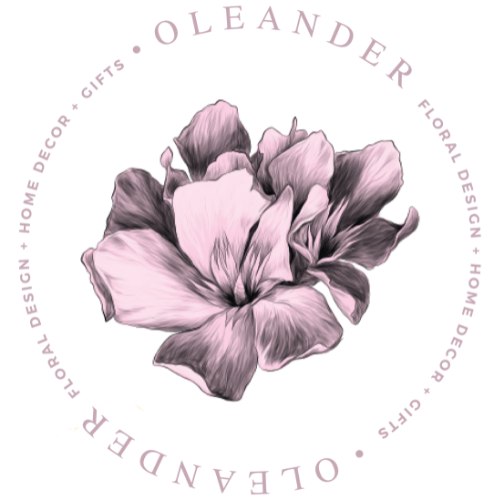Weeds are everywhere and the bane of gardeners worldwide. But are weeds truly as bad as they’re made out to be? And are they really any different from the flowers that you plant in your garden? While there are some weeds that do present real problems, for many of them, we think it’s actually all just a matter of perception in the end! Weeds get such a bad rap, but really they’re just rapidly spreading plants that have sprouted in a place where they’re not wanted.
Sure, some weeds are unattractive, invasive, annoying, and some are just downright dangerous. But, some weeds can be beautiful and have admirable qualities. Wildflower gardens are made up of plants that would be considered weeds in a manicured rose garden. At the end of the day, it’s up to you to decide!
Most of the wildflowers we see growing at the roadside are non-native species. Some are thought of as weeds, and some are invasive, but, as Lorraine Johnson, the author of numerous books on local habitat gardening sees it, the wildflowers and other native plants have an important job to do. “There’s a strong connection between the loss of native plants in our landscape and the loss of pollinators, which are losing their food source.”
Here are some plants growing roadside in Ontario that you may have commonly thought of as weeds:
- Chicory. Used as a coffee substitute during World War II, this blue-flowering and hardy plant can often be seen growing in cracks in the highway. It has the nickname of ‘blue sailors’ after the story of a young wife waiting in vain for her sailor husband to return from the waves.
- White sweet clover. This pretty plant with white or pink flowers is normally found growing in soil rich in nutrients. Honey bees are drawn to its nectar and it helpfully releases nitrogen back into the soil.
- Ox-eye daisy. This plant is very common throughout Ontario, growing prolifically at roadsides, in gardens and on lawns.
- Queen Anne’s lace. Also known as wild carrot, (crush the leaves of the flowers and you will smell carrot) this delicate plant with snowflake-like flowers has a flat, white and lacey head. We actually sell this wildflower in the shop and it looks gorgeous in arrangements.
- Knapweed. This plant has pretty pale violet flowers but don’t let that fool you. It’s listed as a noxious weed in Ontario!
- Crown vetch. This quickly-spreading plant has masses of purpley-pink flowers. Although it looks lovely, it can grow wildly out of control if left to its own devices.
- Common milkweed. Despite also being on Ontario’s noxious weeds list, milkweed is the sole food source for monarch caterpillars who store its toxic compounds, thus making them unpalatable to predators. Milkweed can be dangerous to livestock when eaten in large amounts though. Native people made fishing nets and cord from the stem’s fibres.
So, whether you’re a fan or not, this spring and summer, when you’re taking a walk around the neighbourhood or driving out of the city, keep your eyes peeled and see if you can spot one or two listed above.

